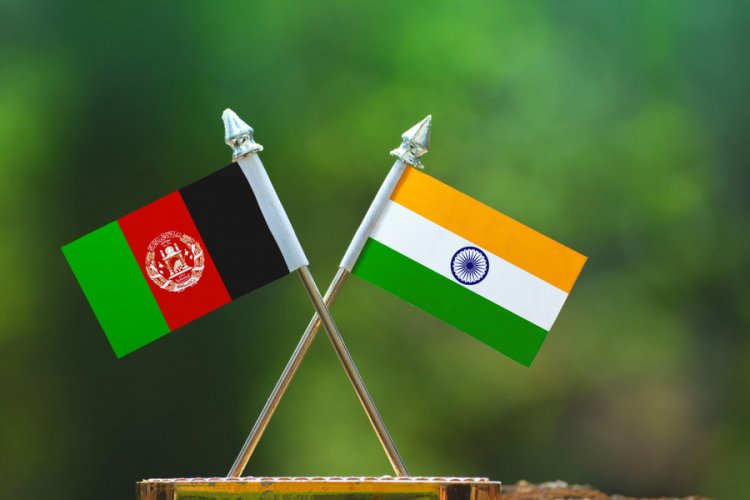India - Afghanistan: India not to Recognise Afghanistan Yet
STORIES, ANALYSES, EXPERT VIEWS

As the Taliban consolidates its position in the absence of credible resistance, the international community, India included, has progressively engaged with Kabul’s de facto authorities. Although the Taliban regime is non-inclusive, the law-and-order situation has improved. The logic of engaging with Taliban, writes Jayant Prasad (former Ambassador to Afghanistan) “is that isolating it is unlikely to moderate its actions.”
Russia, the first country to recognise Afghanistan
Russia is the first country to recognise the Islamic Emirate of Afghanistan (IEA). Moscow hopes to combat the threat of terrorism and narcotics smuggling from Afghanistan by cooperating with IEA.
Could China, Iran, and Pakistan be the next?
The Russian recognition of IEA raises speculation if this could influence some countries in Afghanistan’s immediate neighbourhood, such as China, Iran, and Pakistan to do the same.
Although China has welcomed the Russian action, and Xi had accepted the credentials of the new Taliban ambassador in China in Jan 2024, Beijing has so far not followed the Russian example. China, writes Prasad “is seeking ironclad assurances on the suppression of Turkestan Islamic Party, successor of the East Turkestan Islamic Movement.”
An Iranian foreign office spokesperson confirmed a few days ago that Iran will not automatically follow the Russian lead in recognising IEA and that national interests and its regional priorities will guide its decision.
Pakistan, argues Prasad, “is unlikely to risk US reprobation by formally recognising IEA. In any case, Pakistan is upset that IEA refuses to officially recognise the Durand Line as the legitimate boundary between Afghanistan and Pakistan. Moreover, IEA has not disrupted the activities of the Tehrik-e-Taliban Pakistan (TTP) fighters who fought alongside Taliban against US and coalition forces. Pakistan would like them disarmed and handed over.”
India too has engaged with Taliban, since it set up a technical unit in the Indian Embassy in Kabul in June 2022 to coordinate its humanitarian supplies. India’s assistance, notes Prasad, “is gradually moving beyond providing foodgrains, pesticides, vaccines, medicines, and de-addiction and relief materials. India has conveyed its readiness to support the Afghan health sector and the rehabilitation of refugees, strengthening sports (cricketing) links, and increasing the use of the Chabahar port. Restarting the unfinished development projects and maintaining and upgrading the executed projects will be the logical next step.”
The Indian position
India also “has a stake in ensuring that terrorist groups against India do not use Afghan territory. Despite assurances, Indian security forces have been reporting the recovery of US-made M-4 carbines from deceased terrorists after encounters in Kathua, Reasi, Kishtwar, Akhnoor, Poonch, Rajouri, Kupwara, and, most recently, in the Dachigam area near Mount Mahadev. The M-4s were left behind in Afghanistan when US forces withdrew from Afghanistan.”
The latest report presented by UN Security Council’s analytical support and sanctions monitoring team on July 30, sounds the warning that Kabul authorities ‘continued to maintain a permissive environment for a range of terrorist groups’, including al Qaeda in the Indian subcontinent. Regional terrorist groups, writes Prasad “enmeshed with each other organisationally and ideologically, view Taliban’s victory as a motivating factor.”
It is difficult for India “to overlook the excesses of Taliban. In the past four years, Afghan women, barred from earning an independent livelihood, have been obliterated from public life……Repression of women and girls has become more severe as Taliban rule has consolidated….”
Unless there is an inclusive govt in Afghanistan and restoration of the rights of Afghan women, “India is unlikely to recognise IEA formally….”
















